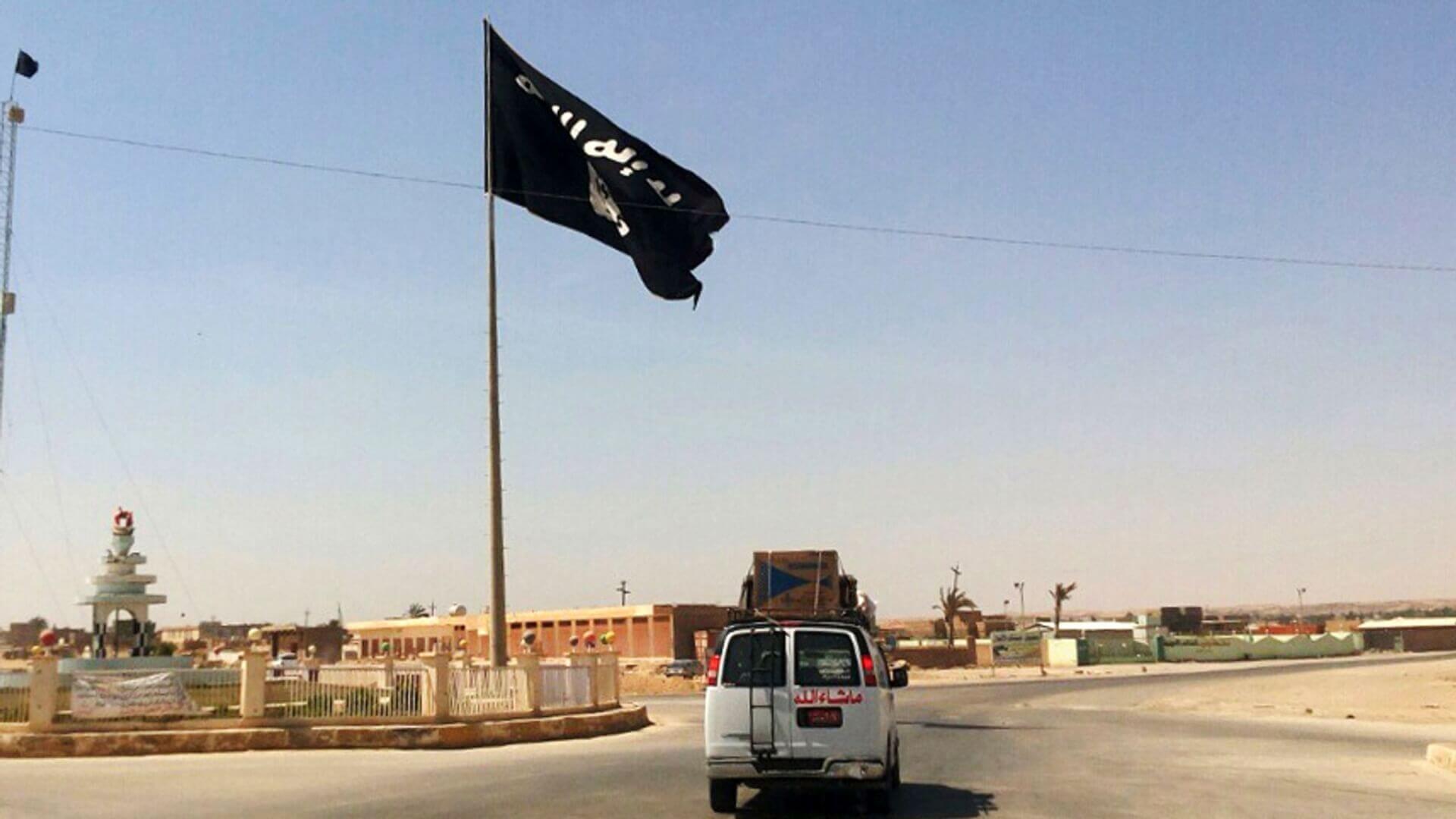Islamic State (IS) spokesperson Abu Omar al-Muhajer released an audio message on Wednesday announcing that the jihadist group’s leader, Abu al-Hassan al-Hashimi al-Qurayshi, was killed in combat. His death comes just nine months after he took over as chief, making him the third IS leader to die over the past three years.
The group’s founder and first leader, Abu Bakr al-Baghdadi, died in an attack in Idlib in October 2019. His successor, Abu Ibrahim al-Hashimi al-Qurayshi was killed in a raid by the United States this February.
Abu al-Hussein al-Husseini al-Qurashi has been appointed as the new leader and has called on IS fighters to swear loyalty to him. The jihadist group’s leaders use the name Qurashi to indicate that they are descendants of Prophet Mohammed’s tribe.
According to a US military spokesperson, the Free Syrian Army, a rebel group that seeks to overthrow President Bashar-al-Assad, killed Al-Qurayshi in the southern province of Deraa in mid-October. However, the statement did not justify the reason for the delayed announcement.
BREAKING: US confirms death of #ISIS leader Abu al-Hassan al-Hashimi al-Qurashi during a Free Syrian Army operation in #Dar’a province in #Syria this past October pic.twitter.com/ABd3snI5FY
— Jeff Seldin (@jseldin) November 30, 2022
While the IS spokesperson did not give any further details about the circumstances or timing of Al-Qurayshi’s death in Wednesday’s message, an expert on the group quoted by AFP said it is possible that he died “accidentally” in a raid “without him being known to whoever killed him.” However, he warned that such groups often claim the death of their leaders “just to get intelligence/security agencies off their backs.”
United States (US) White House Press Secretary Karine Jean-Pierre on Wednesday confirmed Al-Qurayshi’s death and celebrated the removal of another IS chief “in such quick succession.”
While clarifying that the US did not have any role in his death, she reaffirmed the US’ commitment to working with international partners and countering the IS.
In September, Turkey confirmed the arrest of IS “senior executive” Khattab Ghazal al-Sumaidai, whom Turkish media suspected could have been Hasimini.
The IS’s operations peaked in Iraq and Syria in 2014 as it took control over several territories after breaking away from al-Qaeda. The self-declared “caliphate” attracted supporters and orchestrated deadly attacks worldwide. The group often uses social media to publicise its violence, frequently releasing videos of beheadings and killings.
While France takes note of the news of the death of ISIS leader al-Qurashi, it is worth remembering that #ISIS remains a threat. Along w/our partners in the coalition we will keep fighting #terrorism. https://t.co/DtP2mseCtb
— Catherine Colonna (@MinColonna) November 30, 2022
Since then, it has been weakened by several attacks by US-backed forces, such as the “Inherent Resolve” coalition in Syria, though it mounted a retaliation in Iraq in 2017 and in Syria in 2019.
Apart from the IS chiefs, joint US security operations have killed several other senior members of the group. For example, an operation in northeast Syria in October resulted in the death of senior ISIS leader Rakkan Wahid al-Shammari, who is known for smuggling both weapons and fighters. Similarly, in July, the Pentagon reported killing one of the group’s “top five” leaders via a drone strike.
Thousands of suspected IS affiliates are also being kept in Syrian and Iraqi detention camps and prisons.
Hassan Hassan, an expert on the group, told Reuters that although al-Qurayshi’s death doesn’t signal the end of the group, it is now a “shadow of its formal self,” in that it has been “hollowed out” in terms of its ability to launch attacks due to the absence “iconic, charismatic leaders” like al-Baghdadi.
Despite the success of such operations, however, ISIS maintains sleeper cells in both Iraq and Syria. These sleeper cells have also carried out attacks in Afghanistan, Iran, and Israel and even major Western cities such as Paris and Brussels. In fact, The United Nations in August warned of the continued threat posed by the group, particularly in conflict zones like Afghanistan, Somalia, and the Lake Chad Basin.
The jihadist group even orchestrated a prison break in January in Syria, causing weeks of clashes with US troops and at least 500 deaths. United Kingdom-based Syrian Observatory for Human Rights claims that among the hundreds of escaped prisoners were several group leaders, who then crossed into Turkey or Turkish-controlled regions in northern Syria.
Scenario 1 is that the ISIS leader was killed "accidentally" during a raid or fighting without him being known to whoever killed him (the US, Iraqis, Kurds) so those did not know they killed the leader.
— Hassan I. Hassan (@hxhassan) November 30, 2022
That'd be unprecedented, but possible.
Another scenario is this is fake:
The attack raised concern about the resurgence of IS and its ability to conduct coordinated attacks. Concerningly, a Department of Defense Inspector General report published in November said that although the group does not command 18,000 fighters as it did just two years ago, there are still at least 6,000-10,000 IS fighters in Syria and Iraq alone. Crucially, the number of IS attacks has also increased compared to last year.
Furthermore, the level of support the US can provide to Syrian rebel groups such as the Syrian Democratic Forces has also taken a hit over the last two weeks. Pentagon spokesperson Brigadier General Patrick Ryder said on Tuesday that US forces have reduced joint patrols with the SDF due to the rise in Turkish airstrikes against Kurdish militants in northern Syria, including the SDF.
Moreover, Turkish President Recep Tayyip Erdoğan has threatened to launch a ground offensive, which could further complicate matters. In this respect, during a phone call on Wednesday, US Defence Secretary Lloyd Austin urged his Turkish counterpart Hulusi Akar to de-escalate the violence, saying that Turkish airstrikes “directly threaten the safety of US personnel who are working with local partners in Syria to defeat ISIS.”

